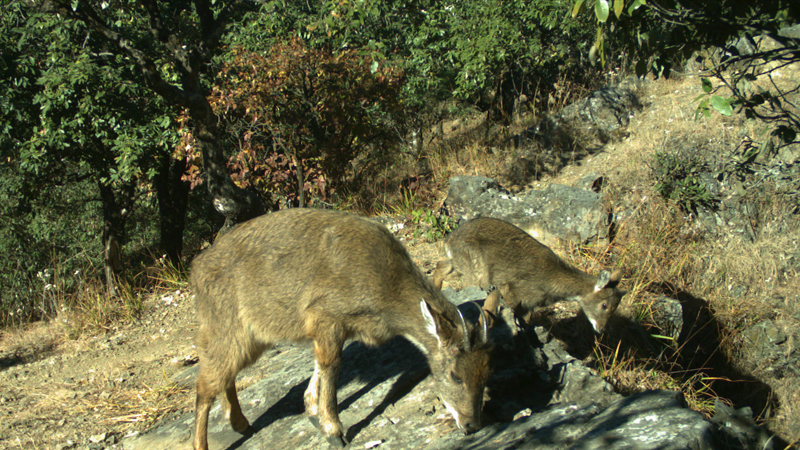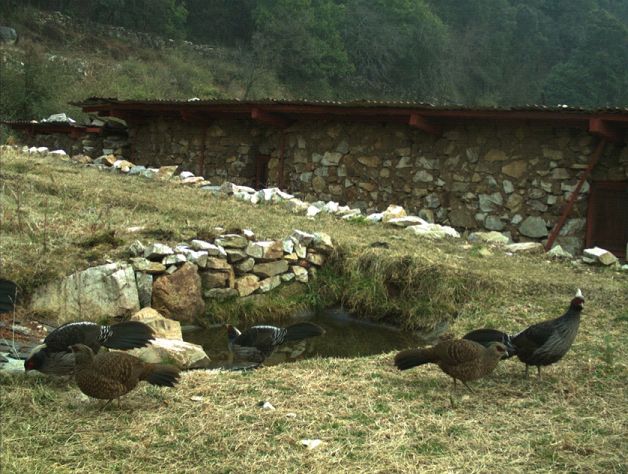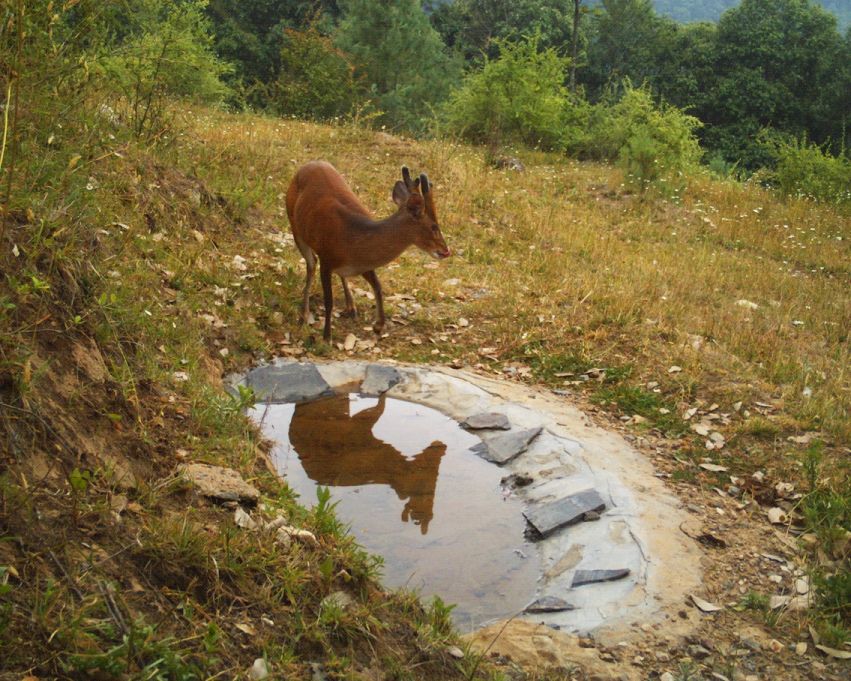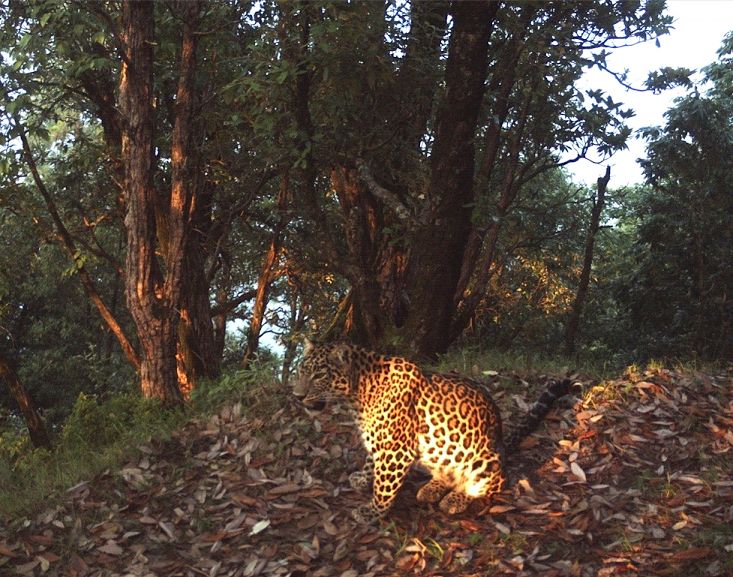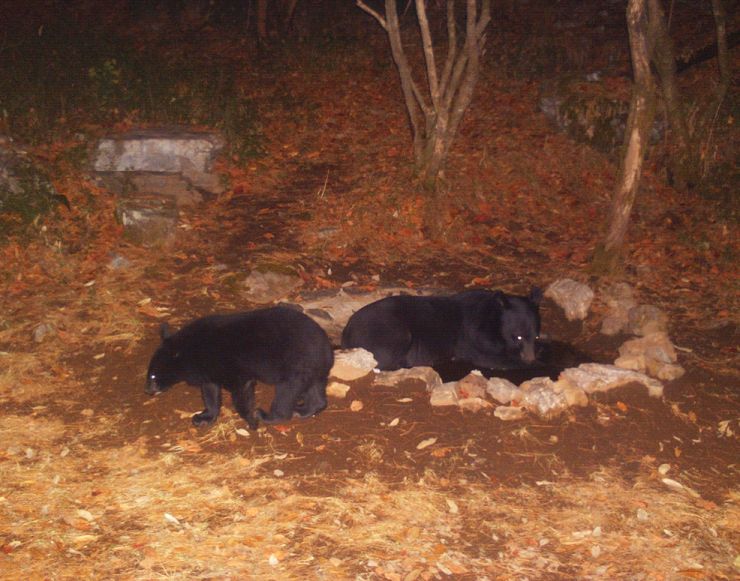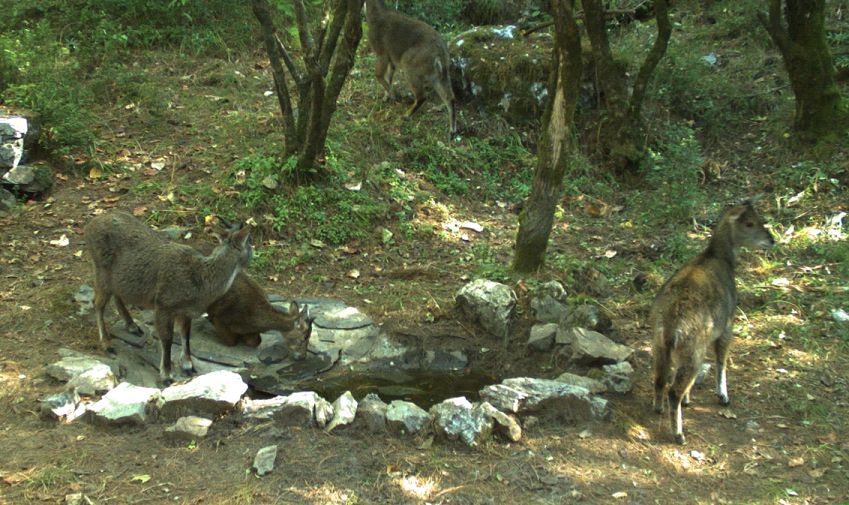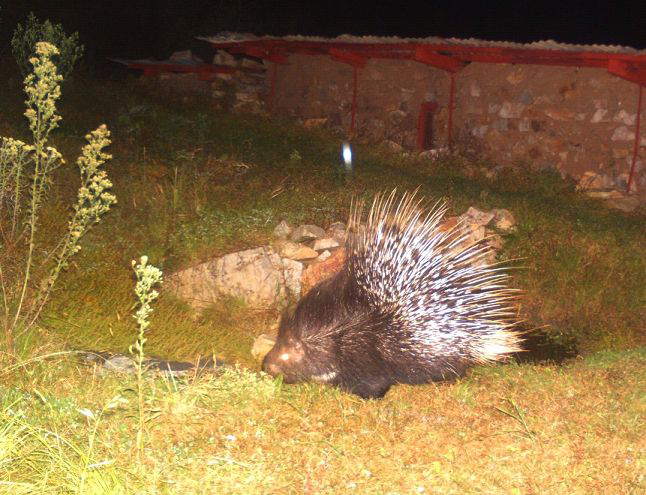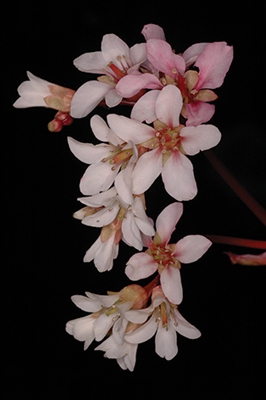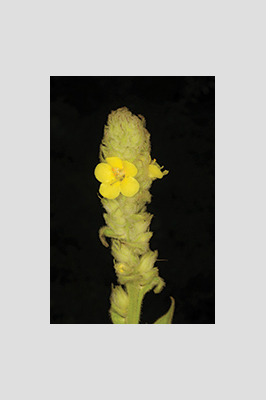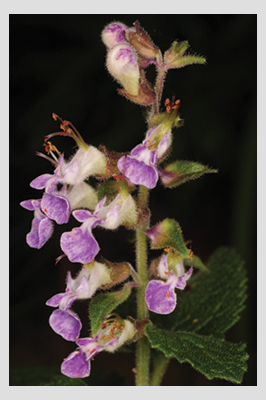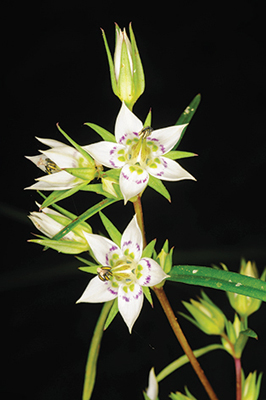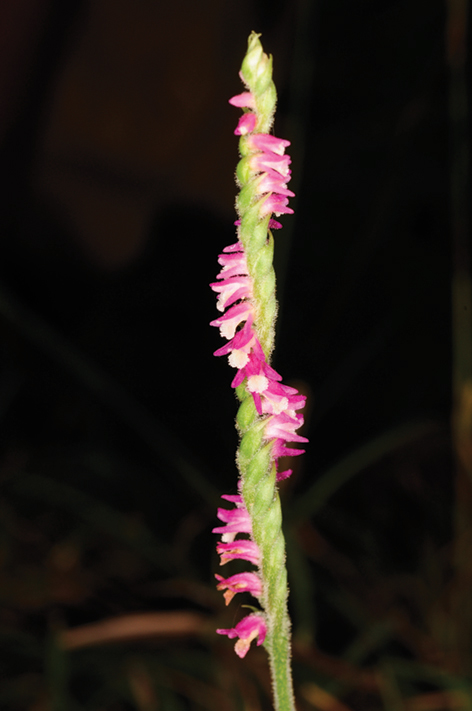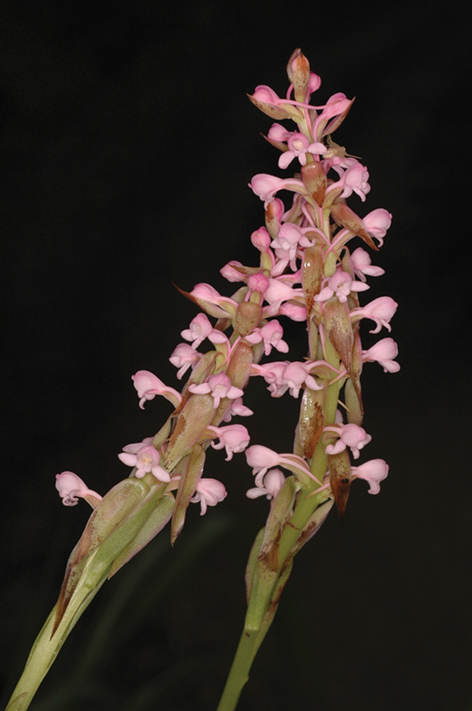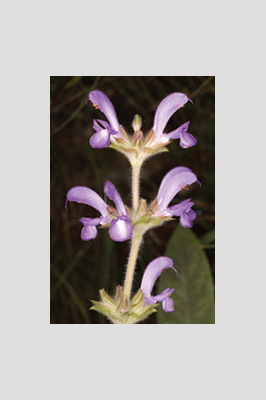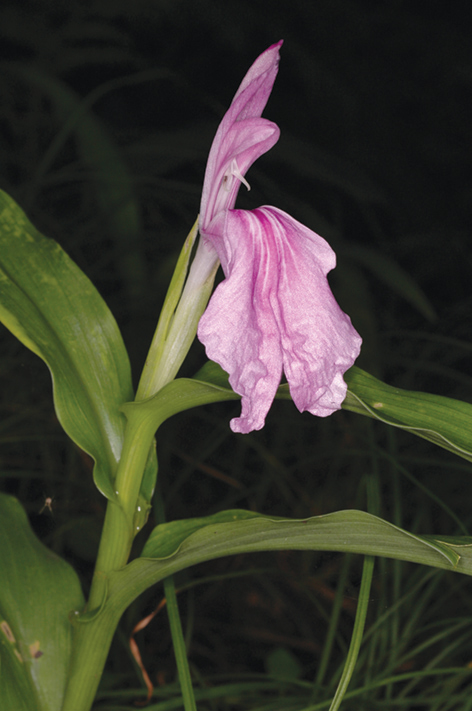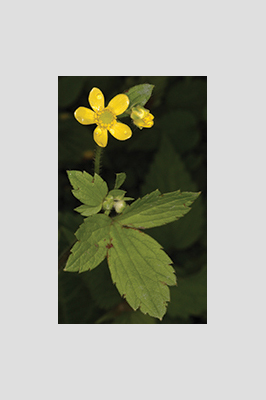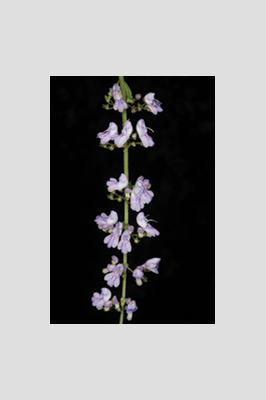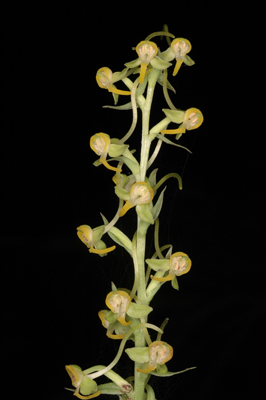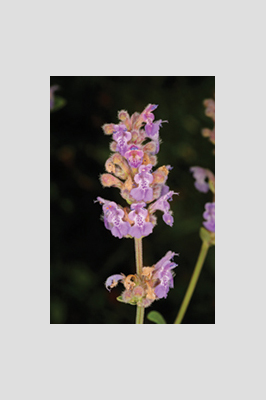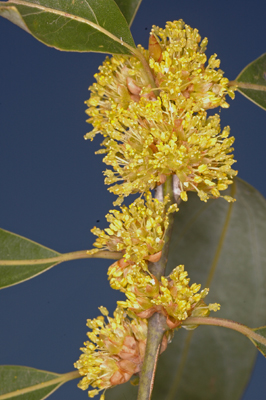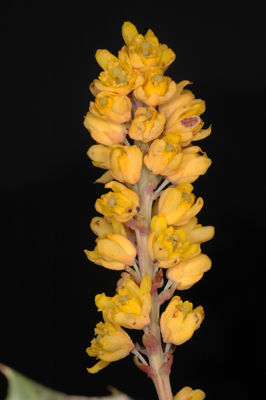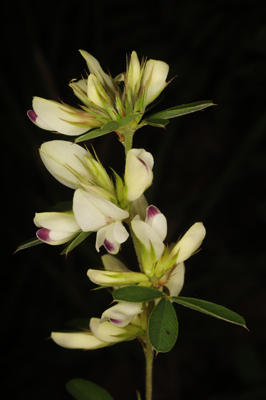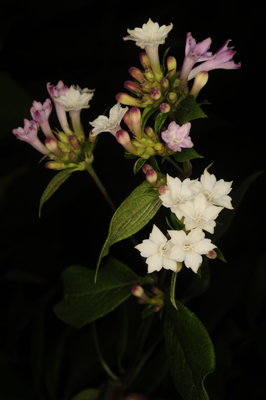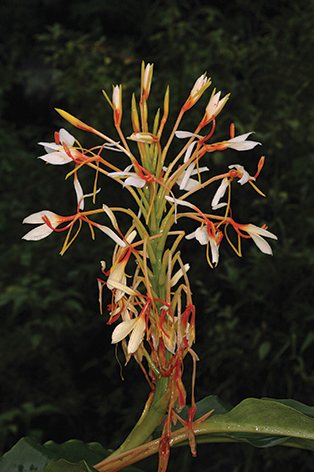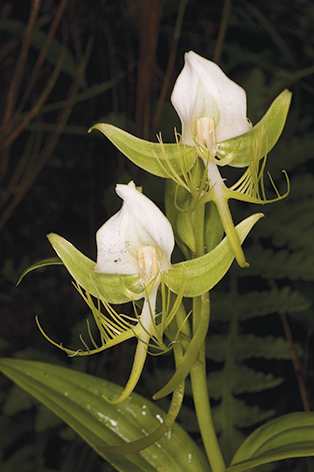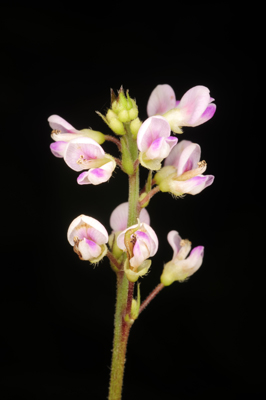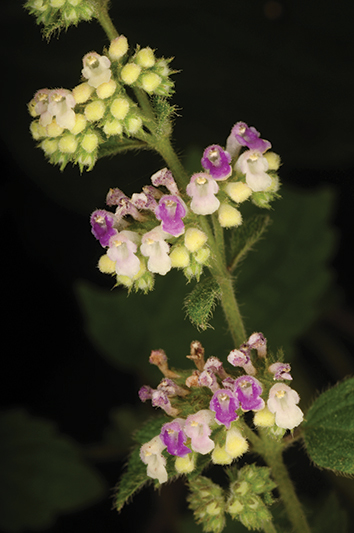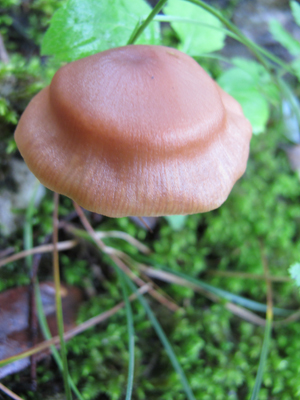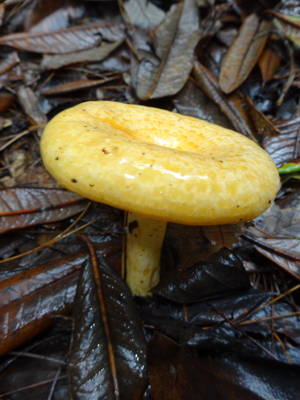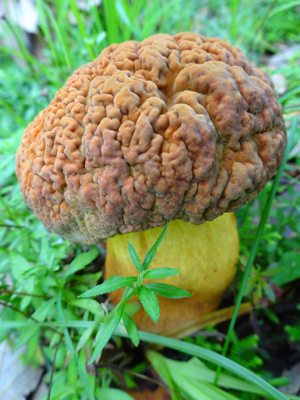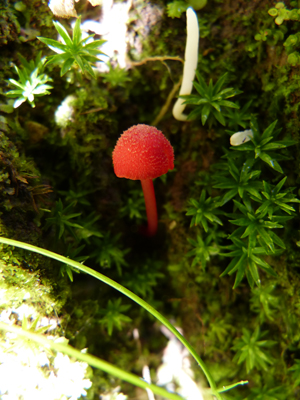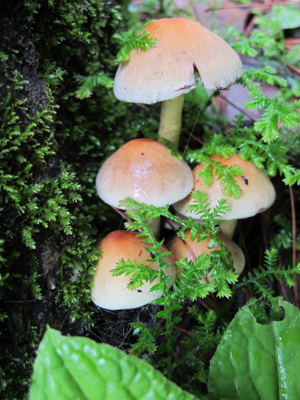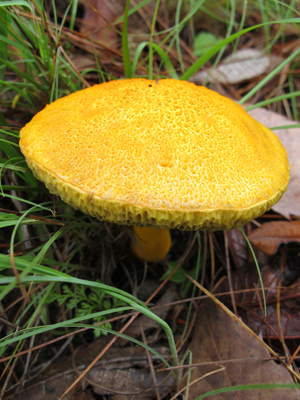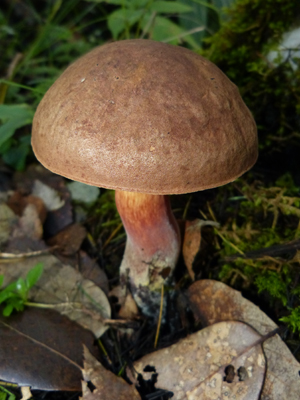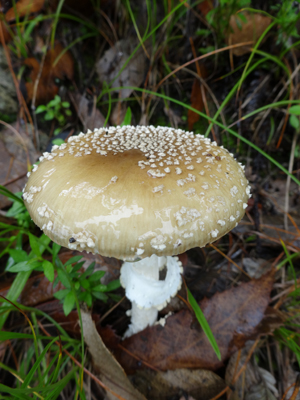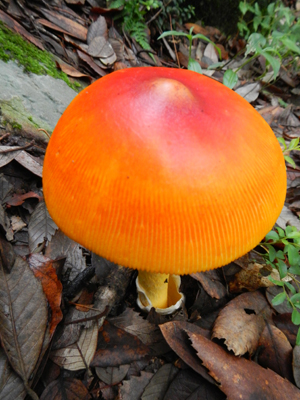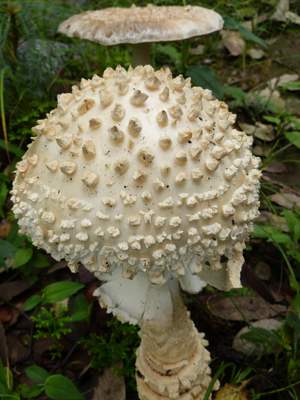Wildlife
JNR provides a home for an incredible variety of wildlife - birds, mammals and insects. Over 100 species of birds are found here and it is one of the best places to spot large coveys of the handsome Kaleej pheasant. These birds are usually encountered on the trails within the oak and rhododendron forests. Walking on the ridge trail, you will find Himalayan Griffon and Lammergier vultures soaring above you. On the meadows, the numerous berry bushes and fruit trees attract magpies, thrushes and jays. Walking on the spring trail, you will find many mixed flocks of forest and songbirds. Take your binoculars and bird guide along for a rich birding experience, or ask for one of our experienced bird guides to accompany you.
While you might only occasionally encounter wild mammals on the trails, you can be sure that they are all around you. Our camera traps that have been placed in strategic locations around the Reserve have captured leopard, barking deer, goral, yellow throated marten, leopard cat, langur, black bear, porcupine, wild boar and even sambar. If you walk quietly, you could be lucky enough to spot goral on the hill slopes and hear a barking deer running away from you. Martens can be seen on early morning walks, especially in winter. If you walk along the trails with our guides, they will show you signs of the wildlife all around you.
Wildflowers
JNR is a veritable "hill of flowers" particularly in spring, during and just after the monsoons. Over 300 varieties of flowers have been documented from the Reserve and you can find many of these listed in our pocket field guide. Each season brings its own beauty and the trail guide provides information on what to look for in each season.
In spring (late February to April) look for the first violets and gentians, particularly in the lower wildflower meadows. The green grass interspersed thickly with these tiny, beautiful blue flowers is a rare sight. The bright pink rock roses cannot be missed as they grow seemingly straight out of the rocks on the trail. The main show in spring, is of course, the rhododendron trees which turn both the forest and the trails bright red with their blossoms. This forms a stunning contrast with the new leaves of many trees, and the flowering wild plum trees.
Early summer (May-June) brings out the bright yellow flowers of the barberry bushes along with the wild roses while the meadows are covered with daisies and clover. By late summer, most of the spring/summer herbaceous flowers are gone and it is the time to enjoy the flowering viburnum and lyonia trees and the various bushes like cotoneaster and indigofera which will be in full bloom. The trails will be thick with fallen pine cones at this time and the forest fragrant with the smell of pine and deodar. Look for the masuri berry at this time – this is the bush from which the town of Mussoorie gets its name!
The monsoon and post-monsoon (July-September) period is the best time to add to your flowers checklist as most of the flowering herbs are found at this time. You will need to look closely, however, as most of the flowers are quite small, between 1-5 cm. This is the best time to look for interesting ground orchids like the stunning spiranthes and reindeer orchids as well as the insectivorous sundew plant. The hillsides and upper meadows are literally covered with the purple roscoe’s lily or “peacock flower” during July and August. This is also blackberry-picking time and you will find the thorny bushes full of these delicious berries. You can also discover the amazing variety of ferns that JNR holds during this period.
During autumn (October-November), you will find the hillsides covered with bunches of the white “everlasting” flower, along with the beautiful “wood roses” dropped by the deodar trees. Many of the trees and bushes change colour at this time and the hill is a kaleidoscope of colours – green, red, bronze and brown. This is the time to discover grasses that are slowly coming back after the grazing has been controlled. Look for the many beautiful flowering grass species on the hillside. Fruits like the wild pear and acorns are ripening at this time and attract much wildlife.
By winter (December- mid February) most of the flowering species are dormant and the forest floor looks relatively dry and barren, waiting for the spring to come to life again. However, the white and pink flowers of the “paper plant” bush lend some colour to the hills. These flowers last all through the winter and cannot be missed as you walk the trails. Look for the fallen acorns, pine cones and deodar cones on the trails at this time.
Mushrooms
The variety of mushrooms and fungi found in JNR have to be seen to be believed – we have documented over 60 species! You will discover a whole new natural world as you explore the multi-coloured and multi-textured world on the forest floor and the hillsides between May and October. Our pocket guide to mushrooms and fungi of JNR will help you identify many of the main species. Please note that while some mushrooms are edible, most of them are not and a few a very poisonous – so please do not pluck any to taste them. Instead, get out your camera and try to capture the diversity.
Look for mushrooms and fungi on the forest floor, the bark of trees and tree roots – you will find them in every shape, size and colour. The large, bright orange Amanita mushrooms can be found in the oak forest, often growing in clusters. The delicate coral mushroom and jelly mushroom grow both on tree bark and on the ground. Also on tree barks, you will find the white inkcaps and black bulgar. Puffball mushrooms, which spew out their spores in a cloud of what looks like smoke, can be found on most trails.


